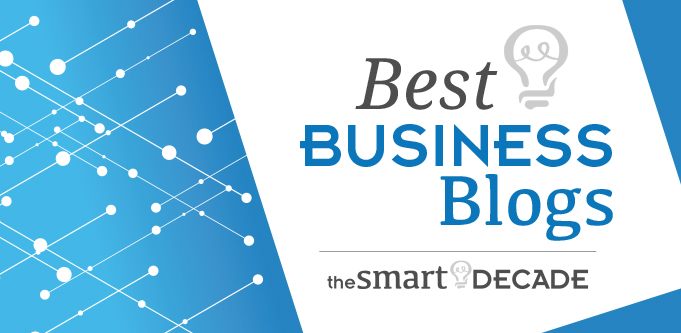Is your retail website as good as an offline store?
Taking a look at Temple & Webster’s site this week I found lots of issue that are all too common across retail websites. Bricks and mortar retail outlets have been finely tuned over decades to form an accepted template of how to design a store for transactions. Unfortunately, online stores have yet to follow suit.
What I learned
- Web designers need to study bricks and mortar
- Follow the tried and trusted template
- Don’t put things on a homepage that you wouldn’t have in store
- Use chat to your advantage
- Get your customers to what they want – Quickly!
Transcript
Hey. Welcome back Rankers. How you going? I wanted to do another review this week. I was looking at the Temple & Webster site during the week and Temple & Webster are one of Australia`s most successful retailers and they`re doing obviously a lot of stuff really, really well, but there`s a lot that I would say, why are they doing that? And I did reach out to them during the week and we were going to catch up but we haven`t had a chance. And so I just thought, I tell you what we see and to give you an idea of what designers have been doing wrong for a very long time for retail. So in normal retail, when you go to a bricks and mortar or old school retail, they have a very old science if you like, of how to design a retail store, a shopping mall for instance, you know you`ll have the escalators pointed so that you have to walk around and pass all the other shops. In the store themselves, you`ll have things positioned at the counter right, for point of sale, impulse buys, those sorts of things.
Would you have it in your store?That science hasn`t really happened on retail websites. Now you might say, Oh well people who bought this also bought that, might be one, possibly. But have a look at these. So Temple & Webster, great company, don`t get me wrong, I`m just picking on them and they`ve probably considered a lot of these things, but they`re a company of a size where there`ll be probably a lot of people involved in the website and that`s why a company that size typically isn`t someone we put on a revenue model. We might do something else, like a report or something like that, but not a revenue model because I wouldn`t be able to get things done quickly enough if they`re a large organisation with lots of people involved in the decision making process around the website.
If I walked into a store, a bricks and mortar store, which I don`t believe Temple & Webster have, if I walked into one, this would be the equivalent of someone coming up to me as soon as I walked in the store, `Hey, here`s a voucher for $20 off your first order.` `Oh, thanks.`
Okay, so we get rid of that and now we`ve got hot bedroom bargains. That`s another big sign in front of me and I still haven`t got to the thing that I want to buy yet because I`ve got a big bloody sign in front of me telling me about something that I may or may not be interested in. Right? In the store as I`m in the shop. You wouldn`t do that in your shop, right? And I`m not just speaking Temple & Webster here, it`s everyone, right? It`s the design, it`s the retail design industry.
And the chat, chat`s great right? But one of the first things you were taught in bricks and mortar retail, if you`re a salesperson, is you do not say, “How can I help you?” “How may I help you?” You never say that, they are phrases that you just get rid of, and that`s old school retail. And the reason for that is, is that because it produces an automated response of, `I`m right, thanks.` That`s it. That`s why you don`t say it in bricks and mortar retail.
Set your goalsBut we`re not doing the same on the web, and we spoke a little bit about this last week and there`s a lot, people ask me, well I was talking to a new client this week. He said, `So you do UX, you do SEO and you do ads, a bit of everything?` And I said, `Well yeah.` What we do is that we look at what the revenue goals are and then we try to work out what are the best levers to pull to reach those revenue goals. So for instance, there might be an SEO task that you might want to do for a site that actually affects ads. And this happens to us all the time. It happened a couple of weeks ago.
So this one here, this is an ad campaign. This little annotation here is actually an SEO task, right? And that SEO task you can see here is responsible for a major uptick in revenue. You can see the traffic go up and the traffic went up because of an SEO task that we did. So we don`t look at or we don`t divide tasks up to say, we`re going to do X amount of SEO and we`re going to do X amount of something else. No, it`s about thinking about the customer and what needs to be done to achieve more revenue.
Still, I`m still not at my product, right? I`m still here. Word on the sheets, Frozen 2, do I want any of these things? Well, no, not really. Ah, categories, here we go. What`s in here? Right? So everyone`s doing it and don`t feel bad if you`re doing it. As I said, I spoke to one guy who`s main lead metric was phone calls and the phone number was not on the website, visible on the mobile, so there simple, simple things, but don`t or as a business owner, stop thinking about I need some SEO and need some UX, I need some, think about first what the revenue goals are and how you want to achieve them and then what you want to spend in those different areas and what`s going to give you the best return.
It might not be ads, it might be ads, it might not be SEO, it might be, it could just be a simple, “Hey, you have noindexed your whole site.” That`s an easy fix, right? So there`s a bunch of things, but the thing to remember is that when you are looking at your site and you`re looking at your data and all these things, try to think of yourself as in a bricks and mortar store. How would this look? If I was going into my retail site and if this was a shop, how would this, what would be the equivalent? What would be the analogue of this? How does that work? And then that can give you some guidance on maybe how you should be laying out your website. Hopefully that`s helpful and we`ll see you next week. Thanks very much. Bye.

Jim’s been here for a while, you know who he is.


